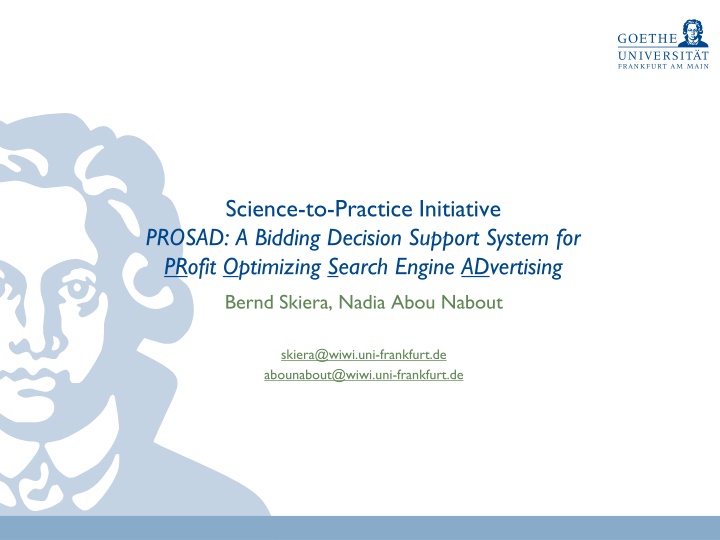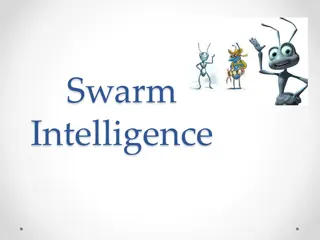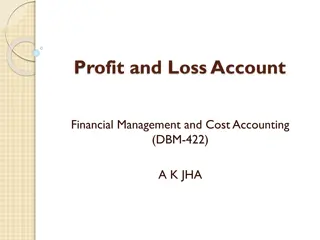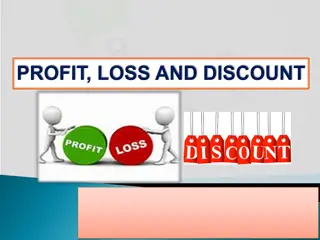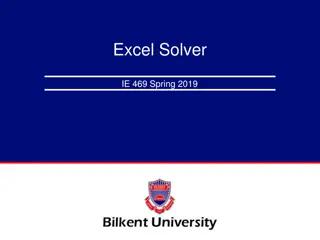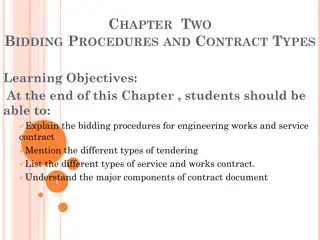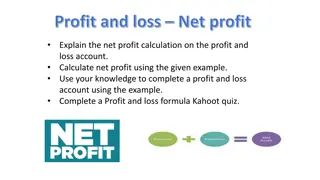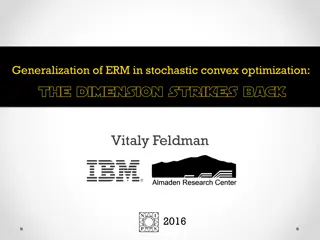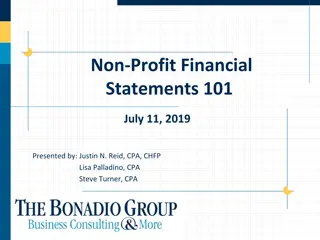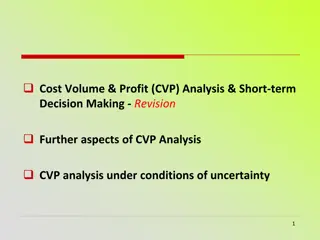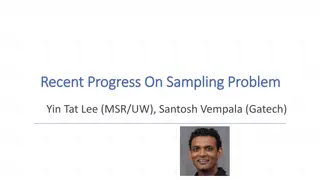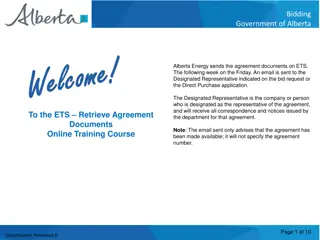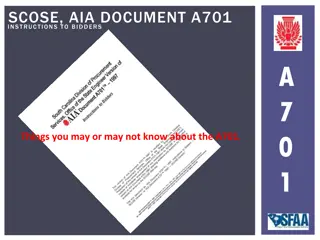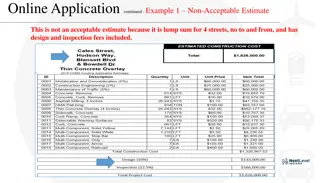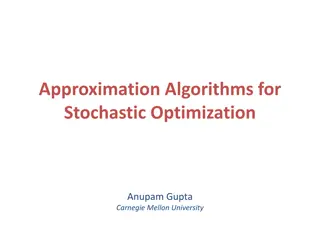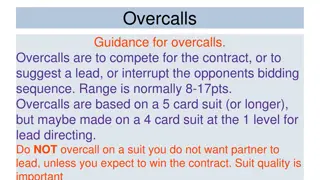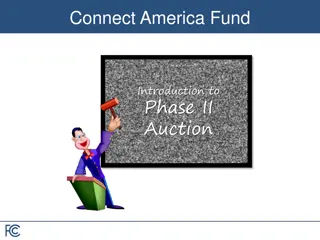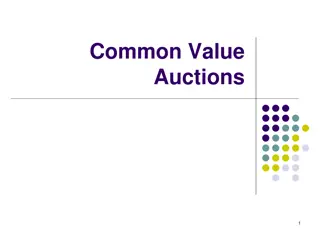PROSAD Bidding Decision Support System for Profit Optimization
This content explores the Science-to-Practice Initiative PROSAD, a Bidding Decision Support System designed for optimizing profit in Search Engine Advertising. It delves into the intricacies of search engine advertising, decision-making strategies, and the influence of bids on transactional profit. The paper elaborates on rules-based decision-making processes, optimal bidding strategies, and factors affecting transactional profit. The content provides valuable insights into maximizing profit through effective bid management in the digital marketing landscape.
Download Presentation

Please find below an Image/Link to download the presentation.
The content on the website is provided AS IS for your information and personal use only. It may not be sold, licensed, or shared on other websites without obtaining consent from the author.If you encounter any issues during the download, it is possible that the publisher has removed the file from their server.
You are allowed to download the files provided on this website for personal or commercial use, subject to the condition that they are used lawfully. All files are the property of their respective owners.
The content on the website is provided AS IS for your information and personal use only. It may not be sold, licensed, or shared on other websites without obtaining consent from the author.
E N D
Presentation Transcript
Science-to-Practice Initiative PROSAD: A Bidding Decision Support System for PRofit Optimizing Search Engine ADvertising Bernd Skiera, Nadia Abou Nabout skiera@wiwi.uni-frankfurt.de abounabout@wiwi.uni-frankfurt.de
Availability of video presentation and additional exercises Paper "PROSAD: A Bidding Decision Support System for PRofit Optimizing Search Engine Advertising" was a finalist of "The Gary L. Lilien ISMS-MSI Practice Prize. A video presentation and the original PowerPoint slides of the presentation are available at http://techtv.mit.edu/videos/18315-prosad. Instructors can also contact the authors (skiera@skiera.de or abounabout@wiwi.uni- frankfurt.de) for a larger deck of slides and an exercise (including teaching note) that can be taught and that involves two small data sets to further illustrate the decision support system. Search Engine Advertising 2
What is search engine advertising (SEA)? Paid search results Rank Keyword 1 2 3 4 5 6 Organic search results Search Engine Advertising 3
Decision making after cooperation Rules-based decision making 1. If then keyword profit after acquisition costs > 10 increase bid by 30% Profit maximization 2. If then rank > 5 increase bid by 20% 3. If keyword profit after acquisition costs < 0 & number of clicks > 100 & rank <= 3 decrease bid by 20% then Search Engine Advertising 4
PROSAD (PRofit Optimizing Search Engine ADvertising) Transactional profit Max! Profit contribution per conversion Acquisition costs per conversion Number of conversions Search Engine Advertising 5
How does the bid influence transactional profit? 1 Profit contribution per conversion Acquisition costs per conversion Number of conversions Transactional profit 2 Number of searches Conversion rate Clickthrough rate 4 Rank 3 Bid Quality Score Decision variable Search Engine Advertising 6
Optimal bid 1 Profit contribution per conversion PC k 2 Conversion rate CR Optimal bid k 3 Percentage increase in prices per click k ' ' 4 * k k Bid = PC CR . Percentage increase in clickthrough rates k k ' ' + k ' k k Search Engine Advertising 7
Learnings from field experiment LOWER BIDS +33.12 Profit improvement per keyword per year: ROI for lower budget: +21% Profit improvement potential of PROSAD for SoQuero and its clients: 2.7 million Search Engine Advertising 8
Summary Rules-based decision making difficult Number of rules grows quickly Likelihood of contradicting bidding suggestions high Choice of specific parameter values in rules difficult Profit optimizing search engine advertising easily feasible Profit function equals number of conversions times profit per conversion after acquisition costs Estimation of functional relations between rank and bid rank and clickthrough rate Results of field experiment support profit optimizing SEA Reduction of SEA budget by 38% Increase in ROI by 21 percentage points Search Engine Advertising 9
